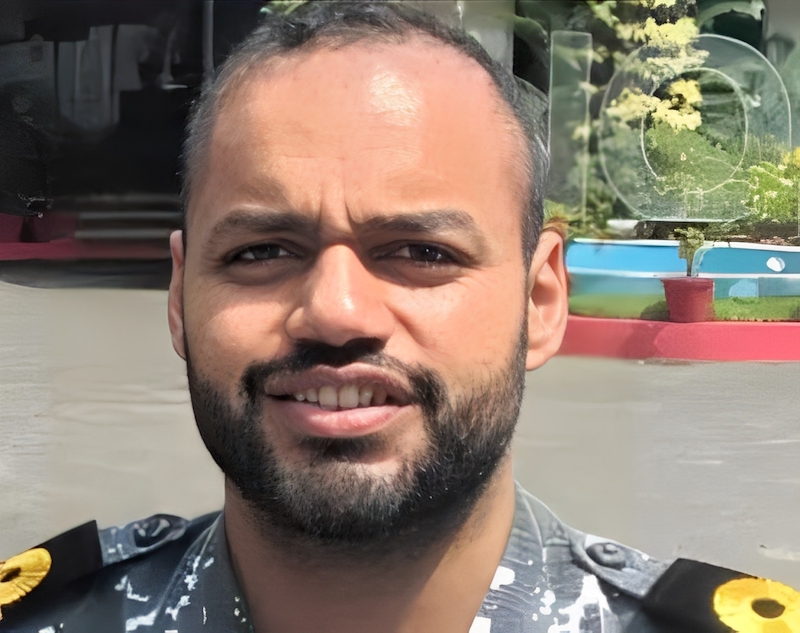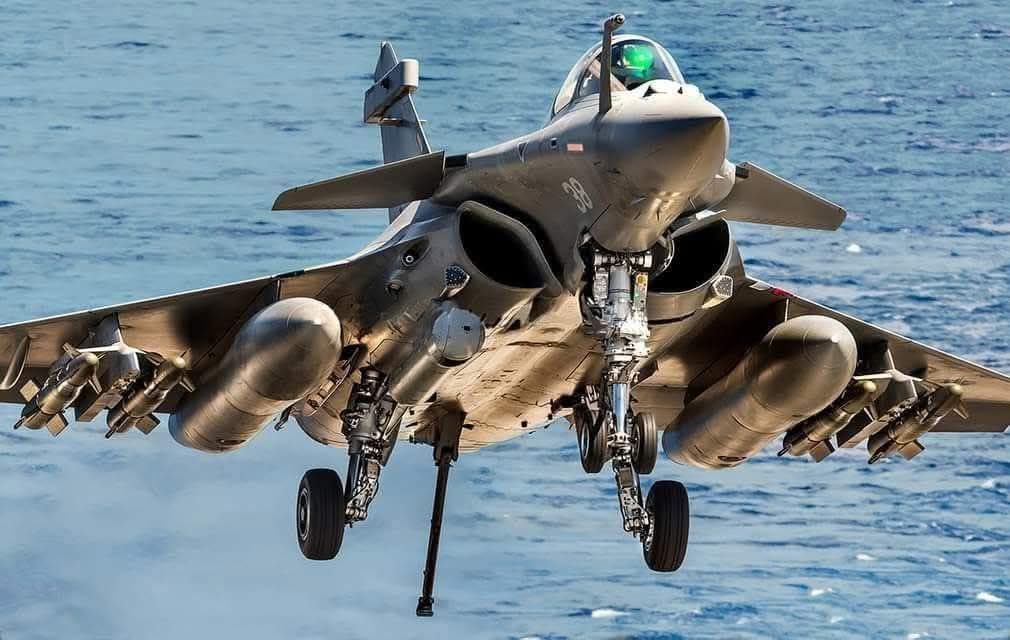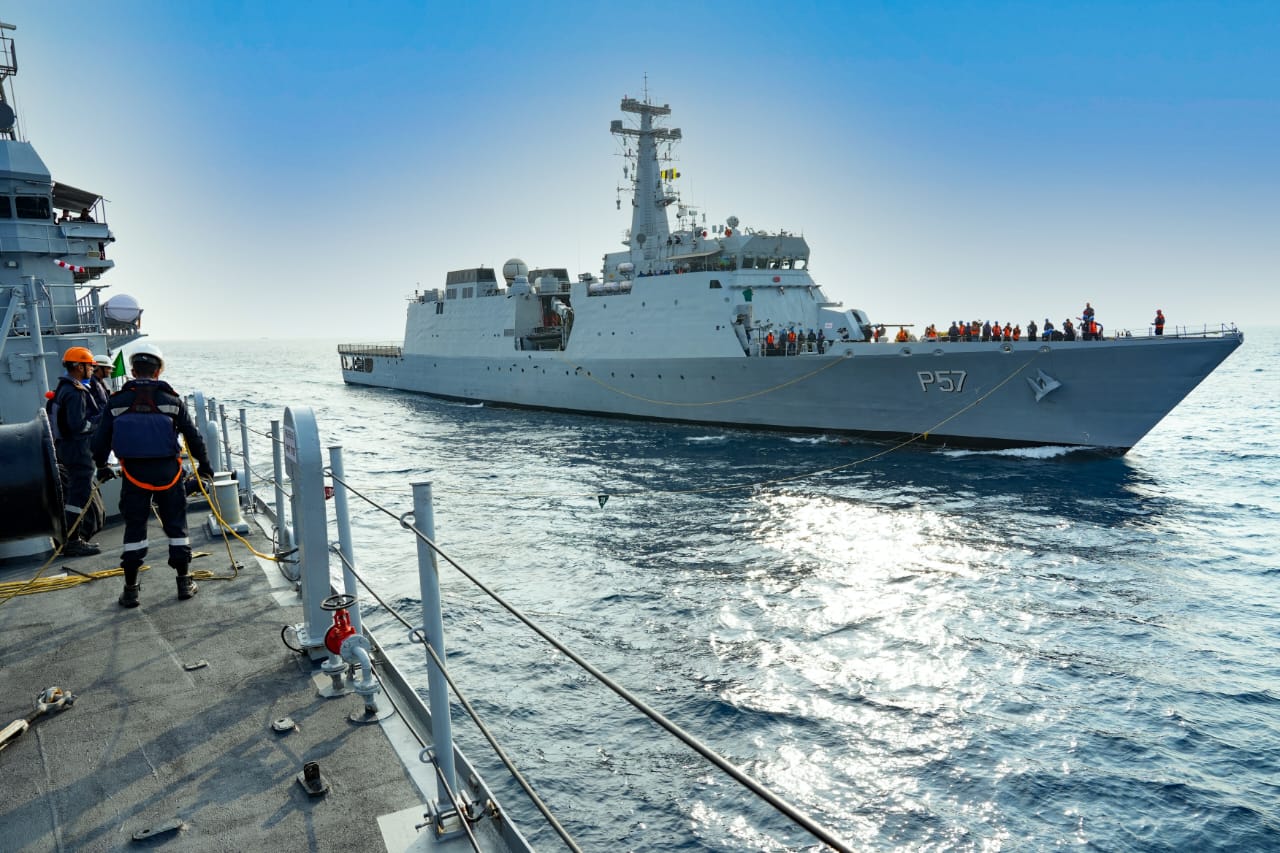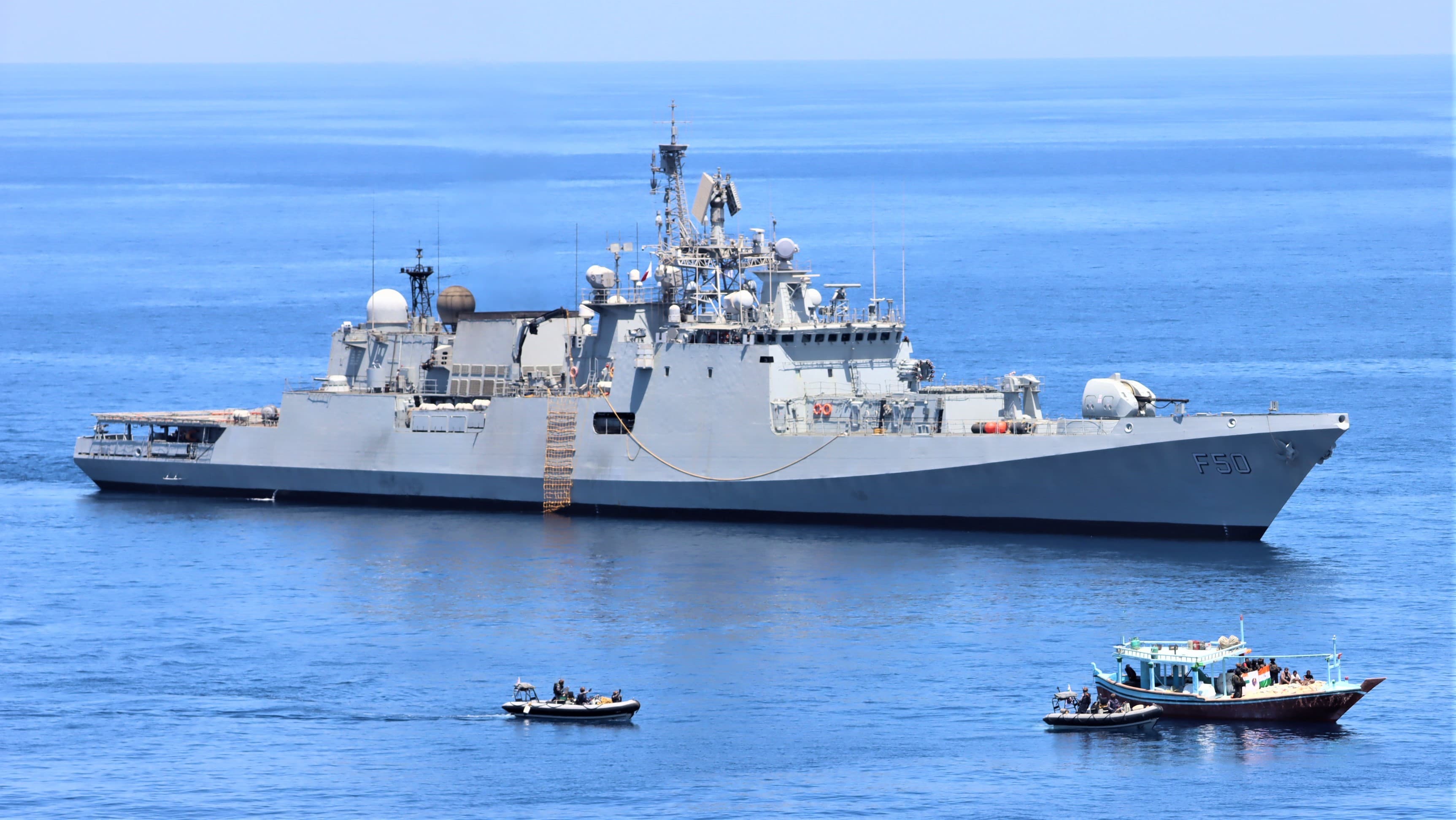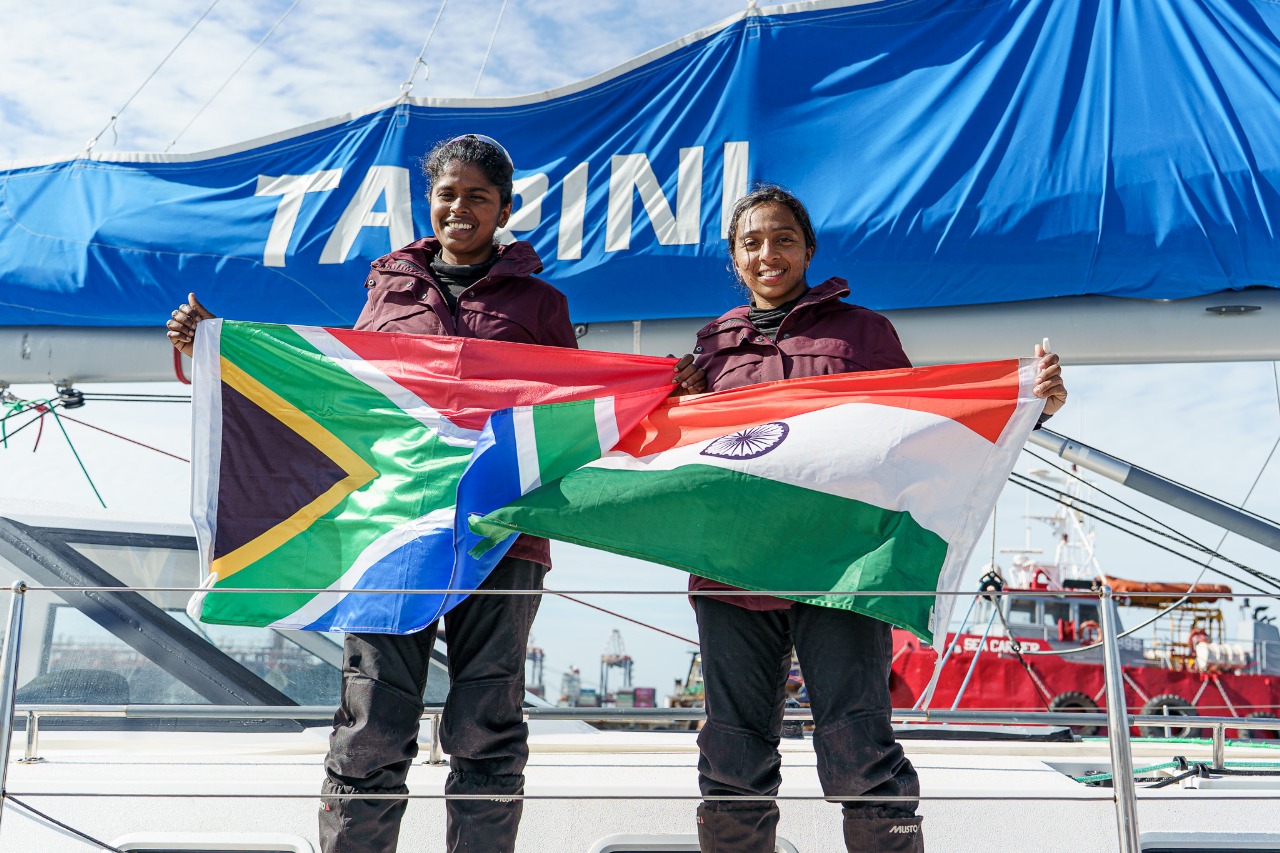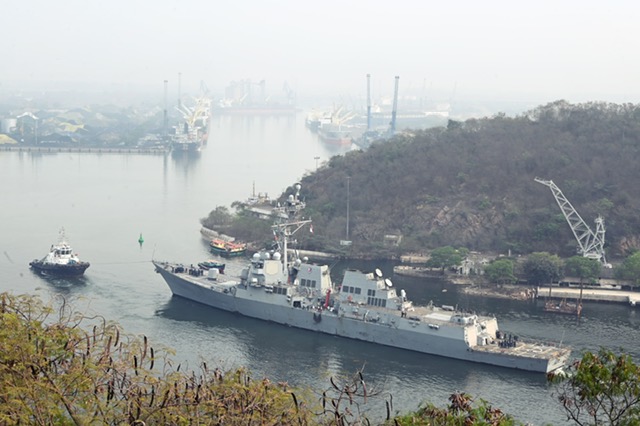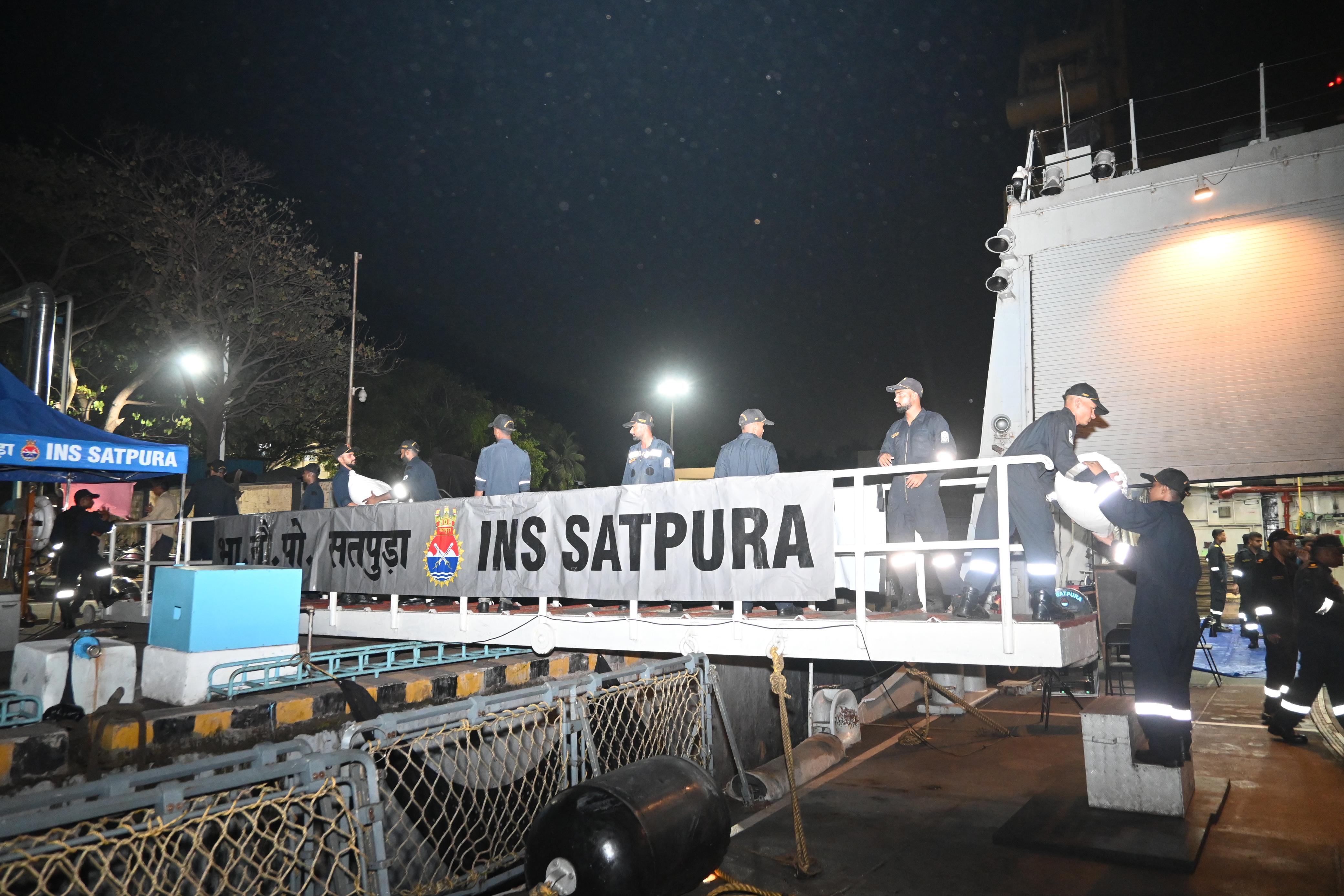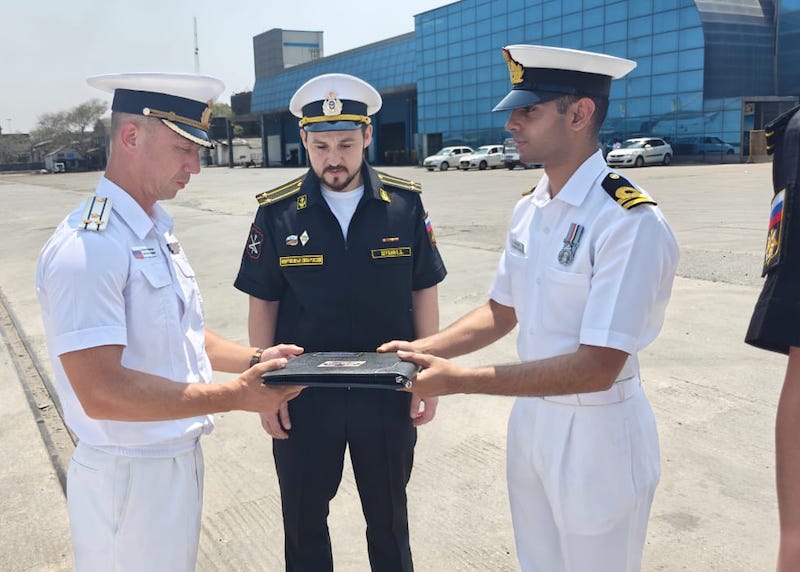 Gaurd of Honour presented to Indian Army chief Gen Naravane
Gaurd of Honour presented to Indian Army chief Gen Naravane
Vizag: The commissioning of Anti-Submarine Warfare Corvette INS Kavaratti marks yet another significant step in securing India’s maritime goals, Indian Army chief Gen Manoj Mukund Naravane siad on Thursday here.
‘‘I congratulate and extend my best wishes to Team Kavaratti,’’ Gen Naravane said.
The ship derives the name from the capital of the Lakshadweep island, Kavaratti.
Read Also: Know about GRSE-built anti-submarine warfare ship INS Kavaratti
The Corvette was commissioned into Indian Navy by Army chief Gen MM Naravane at Naval Dockyard in Visakhapatnam.
‘‘This indigenously built Anti-Submarine Warfare (ASW) vessel is equipped with advanced weapons, composite superstructure and stealth features is a beauty by itself. It has been constructed with numerous novel design features and indigenous equipment fit is demonstrative of collective abilities in realising the aim of making India Atmanirbhar Bharat,’’ Gen Naravane said during the commissioning ceremony here.
He further added that the Indian Navy has always been a strong force, defends India’s maritime borders, territories, exclusive economic zone along our vast coastline.
INS Kavaratti (P31), is built under Project 28 (Kamorta Class).
Read Also: DPSU GRSE-made Anti-Submarine Warfare Corvette INS Kavaratti commissioned into Indian Navy
Eastern Naval Command (ENC) Flag Officer Commanding-in-Chief (FOC-in-C) Vice Admiral Atul Kumar Jain, Garden Reach Shipbuilders & Engineers Limited (GRSE) CMD Rear Admiral Vipin Kumar Saxena (Retd) and other dignitaries were also present during the commissioning ceremony.
The event marks the formal commissioning into the Navy of the last of the four ASW Corvettes, indigenously designed by the Indian Navy’s in-house organisation, Directorate of Naval Design and constructed by GRSE, an Indian Navy spokesperson said.
Earlier, the Army chief was presented a guard of honour on arrival at the Naval Jetty.
Later, Gen Naravane unveiled the Commissioning Plaque and dedicated the ship to the nation.
INS Kavaratti has been constructed using high grade DMR 249A steel produced in India.
The sleek and magnificent ship spans 109 meters in length, 14 meters in breadth with a displacement of 3300 tonnes and can rightfully be regarded as one of the most potent Anti-Submarine Warships to have been constructed in India.
The complete superstructure of the ship has been built using composite material.
The ship is propelled by four Diesel engines. The ship has enhanced stealth features resulting in reduced Radar Cross Section (RCS) achieved by X form of superstructure along with optimally sloped surfaces.
The ship’s advanced stealth features make her less susceptible to detection by the enemy.
The unique feature of this ship is the high level of indigenisation incorporated in the production, accentuating the national objective of ‘Atmanirbhar Bharat’.
The ship has high indigenous content with state of the art equipment & systems to fight in Nuclear, Biological and Chemical (NBC) warfare conditions.
Also, the weapons and sensors suite onboard is pre-dominantly indigenous and showcases the Nation’s evolving capability in this niche area.
Some of the major equipment/ systems developed indigenously include Combat Management System, Torpedo Tube Launchers and Infra-Red Signature Suppression System etc.
INS Kavaratti has a multitude of advanced automation systems such as Total Atmospheric Control System (TACS), Integrated Platform Management System (IPMS), Integrated Bridge System (IBS), Battle Damage Control System (BDCS) and Personnel Locator System (PLS) to provide a contemporary and process oriented System of Systems for optimal functioning of the warship.
Having completed sea trials of all her equipment, Kavaratti has been commissioned as a fully combat-ready platform providing a boost to the ASW capability of the Indian Navy.
Read Also: Army Chief Gen Naravane to commission INS Kavaratti into Indian Navy
The ship is the reincarnation of the erstwhile Arnala Class missile corvette of the same name (INS Kavaratti – P 80).
The ship is manned by a team comprising twelve officers and 134 sailors with Commander Sandeep Singh at the helm as her first Commanding Officer.
The ship would be an integral part of the Eastern Fleet under the Eastern Naval Command.

